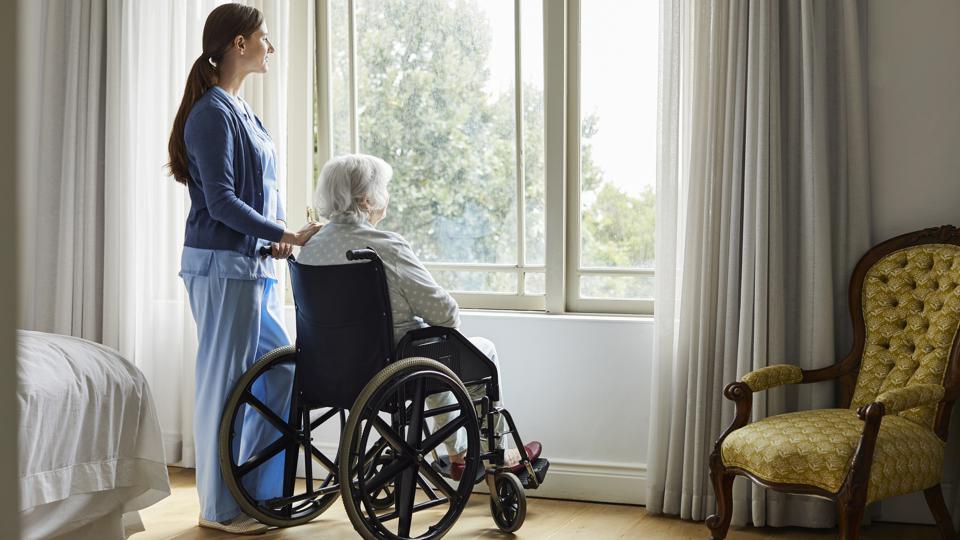In recent years, the demand for at-home patient care has grown substantially. Whether it stems from the need to care for aging loved ones, support recovery after surgery, or manage chronic conditions, having the right tools and setup at home is crucial for safety, comfort, and effectiveness. Access to online medical supplies Canada has made it easier than ever to create a home environment that meets medical standards without leaving the house.
So what does effective at-home patient care look like? And which essentials are truly necessary? This guide breaks down the core components of home care and helps you navigate what you need to support the health and well-being of yourself or a loved one.
The Foundation: Creating a Safe and Comfortable Environment
Before even discussing tools or medical devices, the foundation of at-home patient care starts with the environment. Safety and comfort are paramount. Here are several factors to consider:
Accessibility
The space should be easy to navigate for someone with limited mobility. This might involve moving the patient to a room on the main floor, adding ramps, widening doorways, or using mobility aids like walkers or wheelchairs.
Hygiene and Cleanliness
A clean environment is essential for preventing infections, especially when caring for someone with a compromised immune system. Surfaces should be sanitized regularly, and personal protective equipment (PPE) like gloves and masks should be readily available.
Privacy and Dignity
Home care should also feel personal and respectful. Creating a dedicated space for care, ensuring privacy during bathing or dressing, and involving the patient in decisions can preserve their dignity.
Medical Equipment: The Backbone of At-Home Care
The exact equipment needed depends on the individual’s condition. However, some tools are common across most home care scenarios.
Hospital Beds and Bedding
Adjustable hospital beds allow for more comfortable positioning and easier access for caregivers. Pressure-relief mattresses can prevent bedsores, and waterproof bedding protects against incontinence.
Mobility Aids
Wheelchairs, walkers, canes, and transfer benches are often essential for patients with mobility issues. Ensuring the right fit and training for these devices is key to preventing falls and increasing independence.
Monitoring Devices
Devices such as blood pressure monitors, glucometers, pulse oximeters, and thermometers help track vital signs and manage conditions like hypertension, diabetes, or respiratory issues.
Oxygen Therapy Equipment
For patients with respiratory conditions, oxygen tanks, concentrators, and nebulizers might be necessary. Proper storage, maintenance, and usage training are crucial to ensure safety.
Wound Care and First Aid
Sterile dressings, antiseptics, adhesive tapes, and gloves form the basics of wound care. Having a well-stocked first aid kit ensures that minor injuries or skin issues can be handled promptly.
Personal Care Essentials: Meeting Daily Needs with Dignity
Home care isn’t only about medical procedures. Daily hygiene and grooming play a vital role in overall well-being.
Bathing and Toileting
Shower chairs, hand-held shower heads, raised toilet seats, and commode chairs can make personal hygiene easier and safer for both patients and caregivers.
Grooming and Oral Care
Electric razors, toothbrushes with adaptive handles, and mouth swabs help maintain oral and personal hygiene without requiring full mobility.
Incontinence Supplies
Adult diapers, absorbent pads, skin protectants, and disposal bags are vital for patients managing incontinence. Consistent skin care prevents rashes and infections.
Emotional and Mental Well-Being: Supporting the Whole Person
Physical care is just one piece of the puzzle. The emotional and psychological needs of patients must also be considered.
Social Connection
Isolation can take a toll on patients. Video calls, phone conversations, and scheduled visits with friends or family can help maintain important social bonds.
Mental Health Resources
Depending on the patient’s condition, access to counselors, therapists, or support groups may be essential. Journaling, reading, or engaging in hobbies can also help boost mood and mental clarity.
Routine and Autonomy
Having a daily routine gives structure and a sense of normalcy. Encouraging the patient to make choices about their day—from meals to activities—helps retain autonomy and control.
Caregiver Support: Tools to Prevent Burnout
At-home care often places a heavy burden on family members. Supporting the caregivers is just as important as supporting the patient.
Scheduling and Communication Tools
Digital calendars and medication reminders can help manage daily responsibilities. Shared apps allow multiple caregivers to stay updated on care tasks and appointments.
Training and Education
Understanding how to use medical devices, lift patients safely, or recognize symptoms of decline can empower caregivers and reduce anxiety.
Respite Care Options
Temporary caregiving support through community organizations or home care agencies allows primary caregivers to rest and recharge.
Emotional Support
Caregivers benefit from counseling, support groups, and peer communities. Even a simple check-in from friends or neighbors can make a big difference in mental health.
Tailoring At-Home Care to Specific Conditions
While general essentials apply across the board, each medical condition may require specialized tools or protocols.
Post-Surgery Recovery
Pain management tools, wound care supplies, and mobility aids are key for safe recovery. Clear instructions from healthcare providers help guide care at home.
Chronic Illness Management
Conditions like diabetes, COPD, or heart disease demand consistent monitoring and medication adherence. Home care setups for chronic illness often include specific dietary needs and lifestyle modifications.
Palliative and End-of-Life Care
In these sensitive cases, comfort becomes the top priority. Pain relief, emotional support, and spiritual care are central. Tools for managing symptoms and ensuring peace are vital.
Adapting Over Time: Staying Flexible and Responsive
At-home patient care is rarely static. As conditions change, the tools and routines may need to adapt.
- Re-evaluate the home layout and equipment needs regularly.
- Update care plans based on new medical information or patient feedback.
- Stay informed about new tools and technologies that can improve the quality of life.
Being proactive rather than reactive allows caregivers to stay one step ahead and prevents crises.
Creating a safe and effective home care environment involves more than just assembling supplies. It requires empathy, planning, and adaptability. With access to reliable online medical supplies in Canada, families and caregivers can confidently build care plans that support both physical health and emotional resilience.
Understanding what goes into at-home patient care sets the foundation for a smoother, more compassionate experience—both for the one receiving care and the one providing it.





